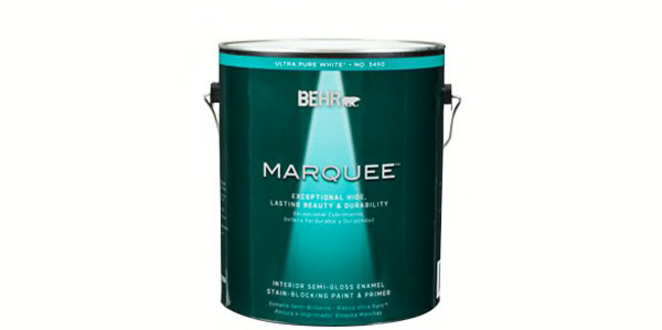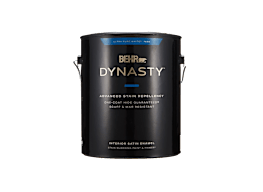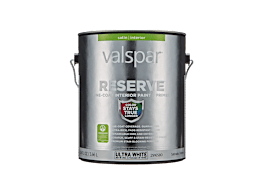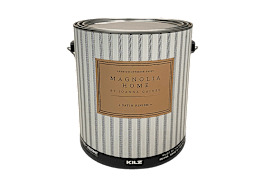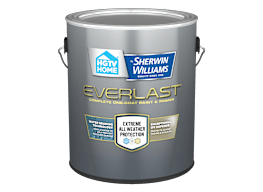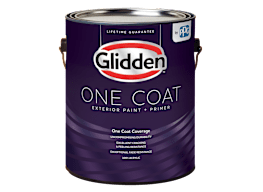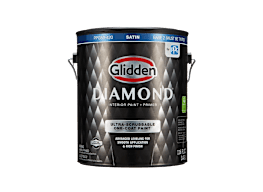For interior paint projects: Fun fact—despite all the colors available, whites and off-whites remain the top-selling interior colors. But whether you like neutral colors or vibrant shades, zeroing in on just the right hue can be tricky.
A great place to start is by looking at the biggest paint chips the store offers. A store’s lighting affects your take, so ask to step outside with it to get another look in natural light. Once home, place the chips on the wall, next to the trim, and look at them at different times throughout the day as the natural light changes. Do this over the course of several days, removing colors that aren’t working. Keep in mind that indoors, color tends to intensify over large areas, so it’s generally better to go too light than too dark in a given shade.
Feel like skipping the store altogether? Now you can. An online search can help you narrow the field. Major paint brands offer online “visualizers” that allow you to upload a photo of your room, then apply different colors digitally to get a sense of what will look best.
Once you’ve narrowed your choices, you can buy small containers for testing. Paint sample colors on large sheets of heavy paper so that you can move them from place to place without having to paint the walls. Or, if available, you can try a more convenient alternative: large peel-and-stick paint squares ranging from about 8x8 inches to 9x14 inches. No matter which method you choose, place the color samples at eye level and live with them for at least a few days. Throughout the day, observe the effects of changing light (both natural and artificial) on the color.
For exterior paint projects: Neutral and earthy palettes continue to be widely used because brick, stone, and other fixed elements (such as wood) tend to be warm materials. But as blues and grays remain popular inside the home, they’re popping up on the exteriors of homes, too. If you’re undecided, find inspiration from other houses in your neighborhood, though you probably wouldn’t want to choose a color that’s too similar to that of the homes next door.
Paint sample boards with each color you’re considering, and place them on different corners of your home. Again, observe the color at various times of day as the natural light changes. Once you’ve narrowed your choices, paint a swatch on the front of your house where it’s in full sun, not on the porch or under an overhang, where there are shadows. Look at the color at different times of the day.

















